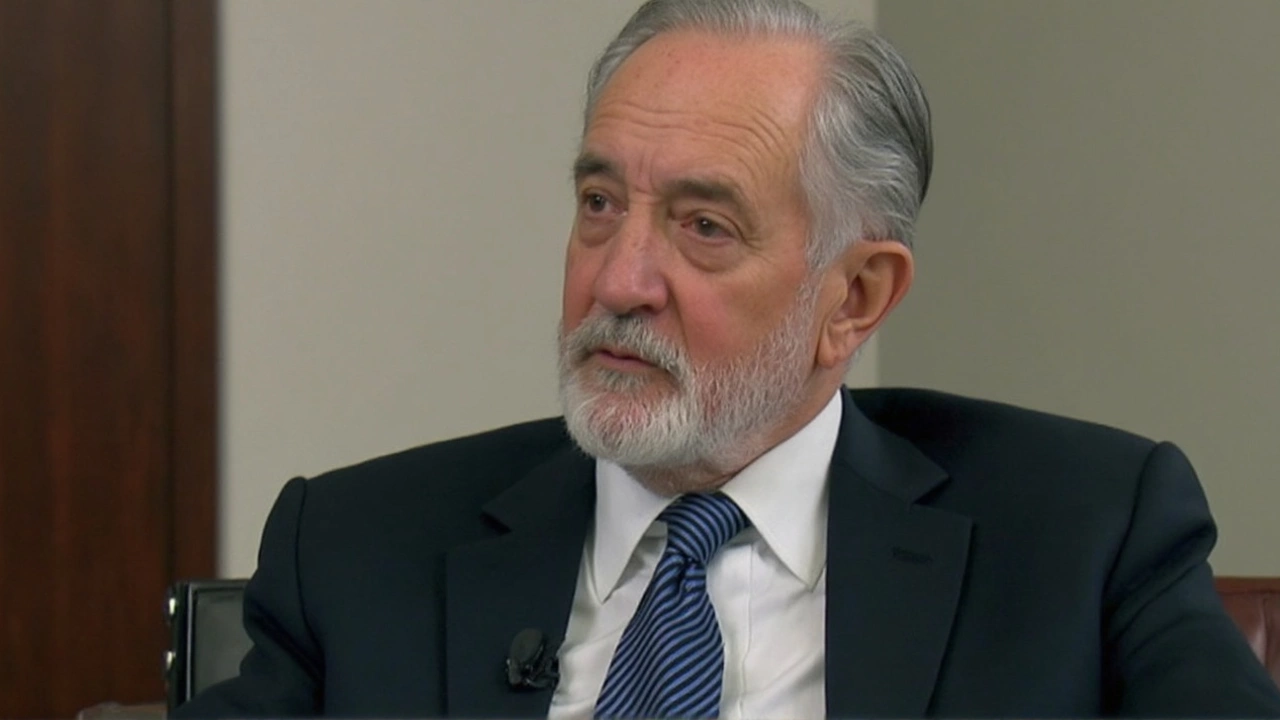Two-State Solution: What It Is and Why It Matters
When you hear the term “two-state solution,” it’s usually about creating two separate, sovereign nations – one for Israelis and one for Palestinians – living side by side in peace. The idea isn’t new, but it’s still the most talked‑about roadmap for ending the decades‑long conflict in the Middle East. In plain language, it means drawing borders, sharing resources, and guaranteeing security for both peoples so they can govern themselves without constant violence.
Why should you care? Because the conflict spills over into global politics, economics, and even everyday travel. A stable resolution could open new markets, reduce military spending, and improve lives for millions of families on both sides. Plus, it sets a precedent for how the world tackles other stubborn disputes.
Why the Two-State Solution Matters
First, the two-state model respects the national aspirations of both groups. Israelis want a safe homeland, while Palestinians seek self‑determination. By giving each side its own territory, the plan tries to address both claims without forcing one people to abandon their identity.
Second, the solution can boost regional cooperation. Imagine Gaza and the West Bank linking up with Jordan, Egypt, and Saudi Arabia through trade corridors. That would create jobs, improve infrastructure, and make the whole region more resilient to external shocks.
Third, the international community backs the two‑state idea. Successive UN resolutions, EU statements, and US diplomatic efforts have all leaned toward this framework. When global powers align on a clear goal, the pressure on local leaders to negotiate intensifies.
Challenges and Steps Forward
Despite its appeal, the two-state path faces stubborn roadblocks. Settlements in the West Bank, disagreements over Jerusalem, and security concerns keep both sides wary. Each side fears that giving up land or sovereignty could threaten its survival.
To move ahead, negotiations need to focus on three practical steps. First, agree on mutually acceptable borders based on the 1967 lines, with land swaps to reflect realities on the ground. Second, establish a shared capital or special international administration for Jerusalem to satisfy religious and political claims. Third, create robust security arrangements – perhaps an international force or joint patrols – that guarantee safety without imposing a permanent occupation.
Grassroots dialogue also plays a huge role. When ordinary Israelis and Palestinians meet, share meals, or work together on projects, mistrust begins to erode. These people‑to‑people connections build a foundation that political leaders can later formalize.
Finally, the world must stay engaged. Funding for economic development, education, and infrastructure can keep the peace process alive even when negotiations stall. Transparent monitoring, perhaps through a revamped UN mission, would help ensure both sides stick to agreements.
In short, the two‑state solution is more than a buzzword – it’s a concrete plan that balances the rights and security of two peoples. It’s not a quick fix, but with realistic borders, a shared vision for Jerusalem, solid security guarantees, and continued international support, it offers the best chance for a lasting peace. Keep an eye on the headlines, but remember that real progress happens when ideas turn into on‑the‑ground actions that improve daily life for families on both sides of the border.

US Drops Support for Palestinian Statehood, Says Ambassador—A Landmark Shift in Middle East Policy
US Ambassador Mike Huckabee said that an independent Palestinian state is no longer a key US goal, opening a new chapter in US Middle East policy. He suggested Palestinian statehood could require land from other Muslim-majority countries instead, sparking criticism and raising questions about the future of the two-state solution.
View more